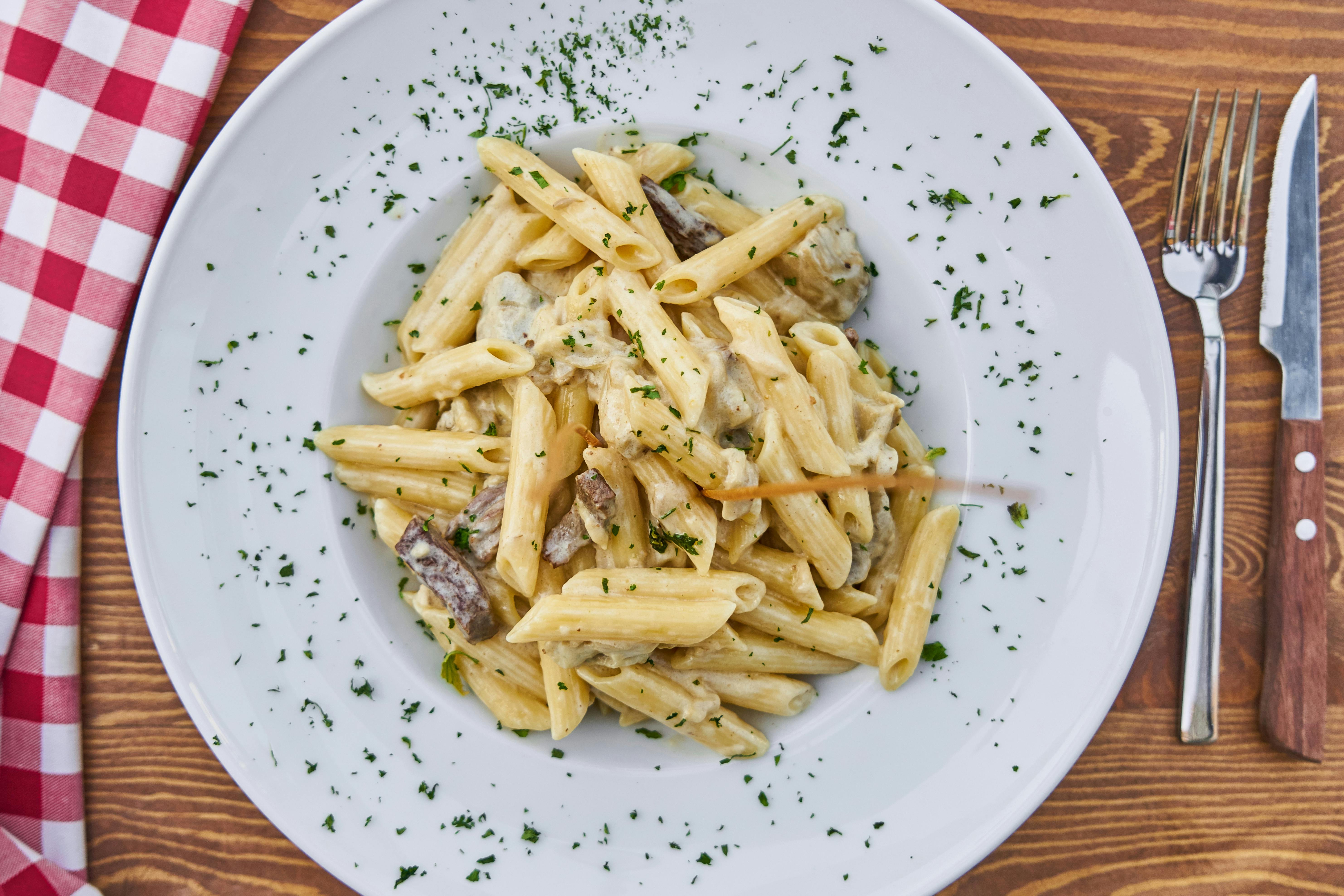Kitchen planning can be a headache, but with a few helpful tips, it should actually be quite a lot of fun.
The first thing that will restrict your kitchen planning is the actual size and shape of your room. Obviously, a large kitchen will allow you to have more options as to where to put things, as there is more room to play.
The other limiting factor is where the existing plumbing and electrical outlets are located. While these can be changed, they are expensive and not an easy DIY option. However, you can install new points, so don’t let this stop you from having a more practical or dreamy kitchen. If you have new stitches, get them done early.
Depending on how many people your kitchen will have to accommodate on a regular basis and what kind of lifestyle you have will also influence the design. Also find out where your pots, pans and crockery are going to go to see how much space should be set aside for this.
If you’re laying flooring, whether it’s tile or laminate, you’d better do it when all of your old units are clear of the room so all of the floor space is accessible. You won’t save significantly if you have to cut the tiles to fit around your existing appliances, so be sure to get everything out. By properly laying wall-to-wall flooring, you won’t have a problem if you change your kitchen design at a later date.
Ventilation will also need to be considered as a lot of condensation and cooking odors can build up in the kitchen. Exhaust fans can be installed or you can rely on windows.
Whatever you decide, you need to make sure that your kitchen design follows the ‘kitchen triangle’ principle: the location of the cooker, fridge and sink in a triangle, not too far from each other, with a counter space in the middle.
Do you want to take items with you if you move? If so, an equipped kitchen is not the answer. Buy casters to put under your freestanding appliances to make them easier to move.
Try the units before you buy them in the showrooms. Look for wear on hinges, sliders, and edges and check for ease of use. Buy the best quality you can afford. Door handles and knobs can be easily changed, so don’t worry if the units you choose don’t have the best handles. You can also adjust the opening direction of the doors at a later date, so don’t worry too much about that either.
Choose easy-to-clean appliances and make sure your paint, tile and grout are suitable for use in the kitchen and make sure your kitchen has adequate lighting, whether it’s from windows, spotlights, overhead lights or a center light. Also, make sure you can easily change the bulbs!
The kitchen can be a turning point when selling a home, so make sure your design is feasible for others in the future, but also suits their needs. Above all, have fun and enjoy the cuisine you create.
